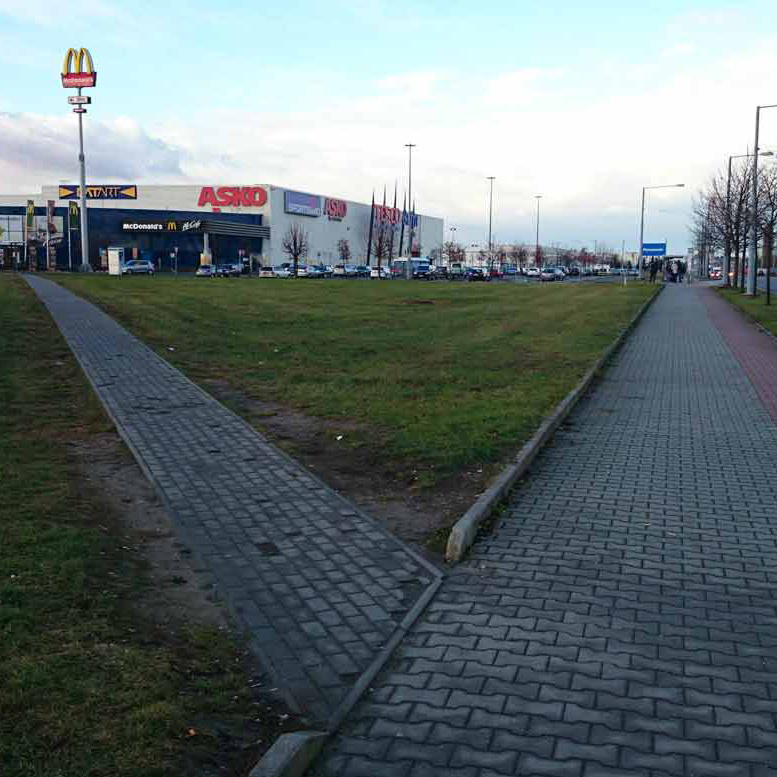I found a fun subreddit yesterday. It’s called Desire Path. It’s a collection of well-worn paths, typically made by people cutting corners or avoiding obstacles.
I’ve been laughing about the silent democracy of it all. And I’ve been thinking about how a simple path says a lot about good customer experience strategy and design.

The Unheard Customer Feedback
We often talk about listening and responding to customer feedback. It’s a cornerstone practice of customer experience strategy. But there’s a quality about feedback that’s important to recognize:
For you to respond to feedback, customers have to give it to you.
That’s more of a problem than you may realize. Why? Because of human nature. If you ask for feedback, you’ll likely hear from the vocal customers—with the loudest frustrations or the memorable, sharable moments. But a wide range of (read: “most”) customers will never give their opinion. Instead they’ll run to a meeting, the invite will hit their spam folder, they’ll forget, or they’ll ignore you.
“We Silently Hate This. Except for Bill. Bill Silently Loves This.”
So how do you reach those customers? How do you improve their experience if they never tell you how?
One option is to ask employees how they’d improve customer experience. They interact with customers on a daily basis. They know the pain points, and they know what works. They can translate for the customers they see every day.
Another option is to consider customer behavior. The way people navigate through your website, store, office, or sales process is tangible. There are entrances, exits, flow patterns, frictions, and facial expressions along the way. As many a designer knows, you can learn a lot from your audience just by watching them. You can learn what’s flowing, what’s snagging, and you can improve the design to make their experience better.
Here’s a good example. About a year ago, an urban planner from Philadelphia wrote a great blog post about how patterns in snow could inform the design of better public spaces. By analyzing how cars and people went through snow, he found clear opportunities for medians, triangles, pedestrian crossings, and better curb designs. Like this one:

So, an urban planner can help his community by looking at the “desire paths” of cars on a snowy afternoon in South Philadelphia.
Or consider the Swiffer, which came to fruition after designers watched a woman clean up spilled coffee grounds with a paper towel.
Getting Beyond Overthink
Sometimes, to improve customer experience, you have to get out of the way. Customer centricity can be as simple as letting the customer get where they're trying to go. Removing barriers. Making small efforts to reorganize your business to make things easier for the customer.
Should you notice a desire path in your customer experience–worn by customers on the way to their goals–make it permanent. It’s a road to their happiness.
 (And McDonald's.)
(And McDonald's.)Where Do You Stand on Your Desire Path?
Want to get a better sense of where your company stands on your path to customer centricity? Click the button below to download our free customer-centric culture pop quiz.
- “We will slow down, but on our own terms,” by kevihead, via reddit
- “What Snow Tells Us About Creating Better Public Spaces on E. Passyunk Avenue” by John Geeting from thisoldcity.com.
- “Desire Path Made Official,” by humanysta, via reddit





%20(1).png)